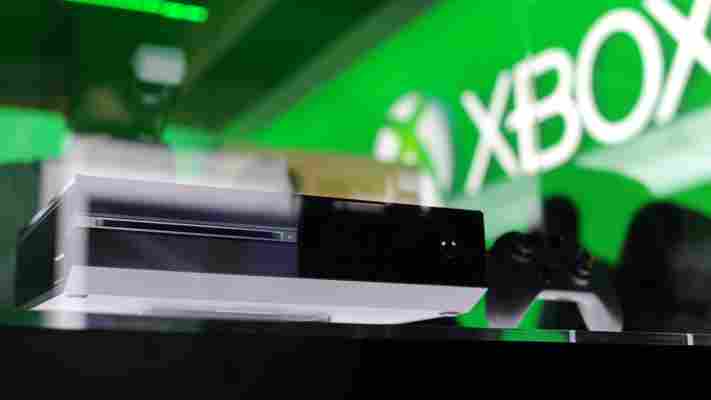Phonebloks by Dutch designer Dave Hakkens is a concept that could see the days of having to throw away non-working phones long behind us, if he receives enough support and can work out the technical challenges.

The idea is to make smartphones modular so that if one part of it breaks, say the audio jack (which is a fairly common occurrence), it can simply be swapped out for a new part, and therefore negates the need to get a whole new phone and cuts down on waste.
While a smart idea, the reality of Phonebloks could pose a challenge. The Lego-like approach allows for flexibility and individual user preferences but relies on manufacturers building standardised parts to fit on the Phonebloks base.
Nonetheless, we hope it gets there someday.
➤ Phonebloks
Featured Image Credit – Getty Images
Xbox One’s first major update coming February 11, second due on March 4 ahead of Titanfall release
The first major update for Microsoft’s flagship games console will arrive on February 11, with a second update specifically scheduled to arrive ahead of Titanfall’s release due to arrive on March 4.

The first will introduce the ability to see and manage the storage space on the device, as well as placing a battery life indicator (for connected controllers) directly on the home screen. It also adds the ability to use a USB keyboard with an Xbox One too, as well as fixing some stability issues and introducing other new but as-yet undisclosed features, the company said.
The second update will arrive on March 4 and will focus on improving the party and mulitplayer aspects of the system in preparation for the launch of Titanfall, which goes on sale on March 11 in the US and from March 13 in Europe.
It’s good to see Microsoft working at fixing some of the bugs with the Xbox One, as well as trying to ensure it has its multiplayer ducks in a row before one of the biggest launches for the system so far. A broken multiplayer experience on day one wouldn’t go down well with fans, and will likely not help in its battle against Sony’s PlayStation 4.
➤ Xbox One Keeps Getting Better [Xboom]
Featured Image Credit – Robyn Beck /AFP/ Getty Images
Sony unveils Xperia M Android smartphone with a 4” display, dual-core processor and 5MP camera
Sony unveiled the Xperia M today, a new low-to-mid range Android smartphone that offers fairly competitive performance and functionality at a price point far below the company’s flagship Xperia Z handset .

The device packs a 1 GHz Qualcomm dual-core processor, a 4-inch FWVGA display (854×480 pixels) with Sony’s OmniBalance design, and a 5-megapixel rear-facing camera. The latter is fuelled by an Exmor RS sensor and up to 4x digital zoom, as well as 720p video recording set at 30 frames per second.
A front-facing camera is on offer for making video calls and so-called “selfies”, although Sony is yet to disclose the resolution. The Xperia M comes with 1GB of RAM out of the box, alongside 4GB of flash memory and a microSD card slot for up to 32GB of additional space.
The device runs Android version 4.1 (Jelly Bean), coupled with Sony’s custom Android skin and a deluge of its exclusive apps. It also comes pre-loaded with a bunch of Google’s best Android applications, including Google Chrome, Voice Search and Maps, saving users a bit of time rummaging around the Google Play store.
The Xperia M is also a bit of a looker. Continuing the design language of the Xperia Z and Xperia Tablet Z , it offers a slim profile, just 9.3mm thick, a polished aluminium power button and highlighted camera ring.
The handset features a small strip just underneath the display for illuminated alerts, which the user can customize for notifications from different apps.
The Xperia M will be sold as both a single SIM and dual-SIM variant, suggesting that the handset will be targeted at consumers in emerging markets, or those with inconsistent network coverage.
The device also packs Sony’s ‘STAMINA’ mode for improved battery life. The battery model is yet to be confirmed, but a product page on the company’s site claims that standby time can run up to 552 hours. Talk time – usually a far more accurate metric – is capped at 10 hours and 18 minutes for the device, however.
The handset will be sold globally in the third quarter of 2013. The single SIM and dual-SIM version will be available in black, purple and white, although the latter will also come in an exclusive yellow color variant.
